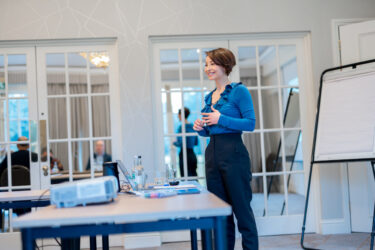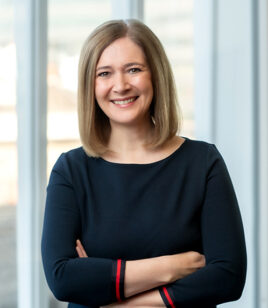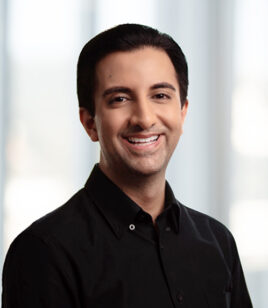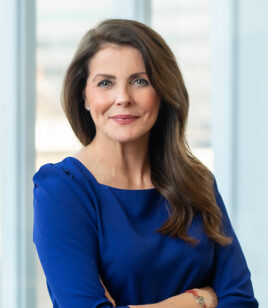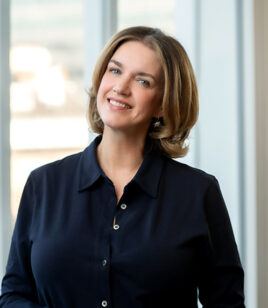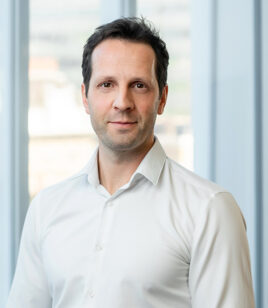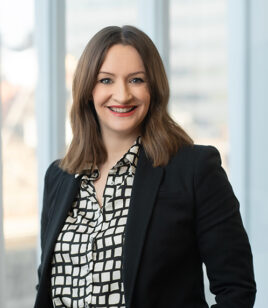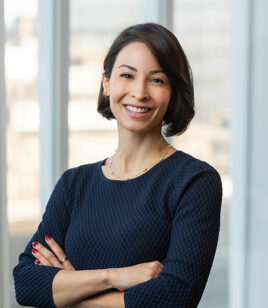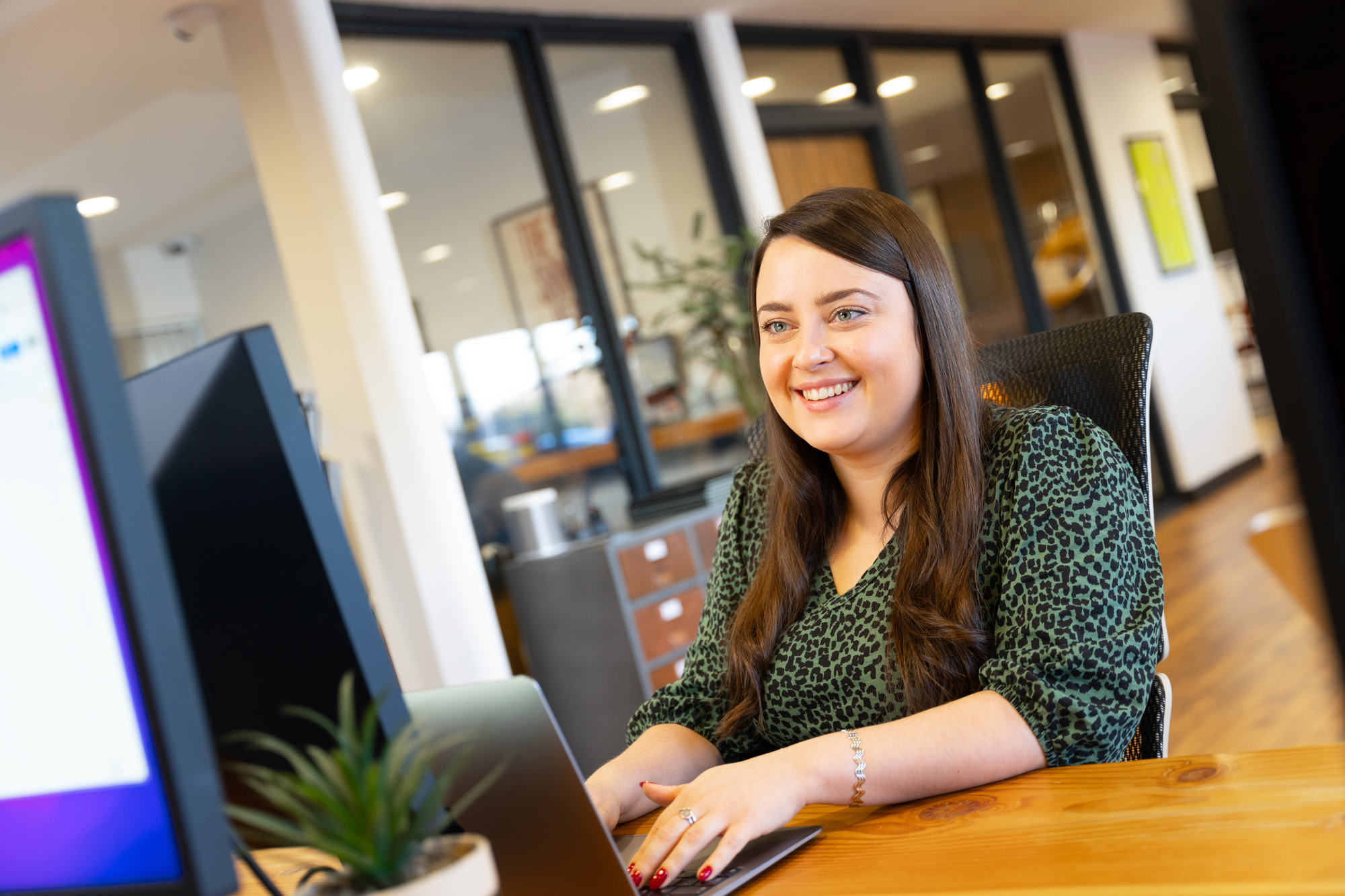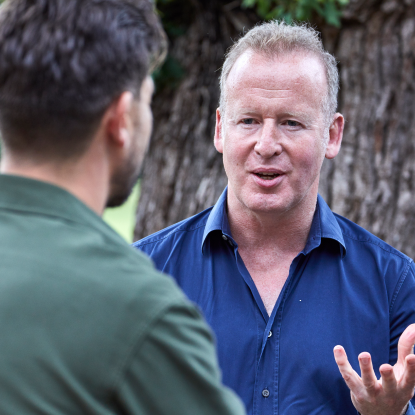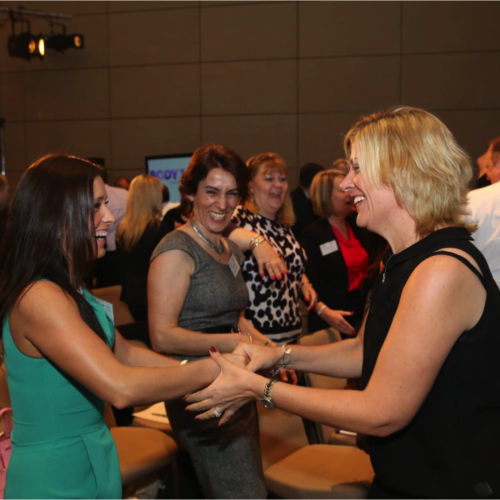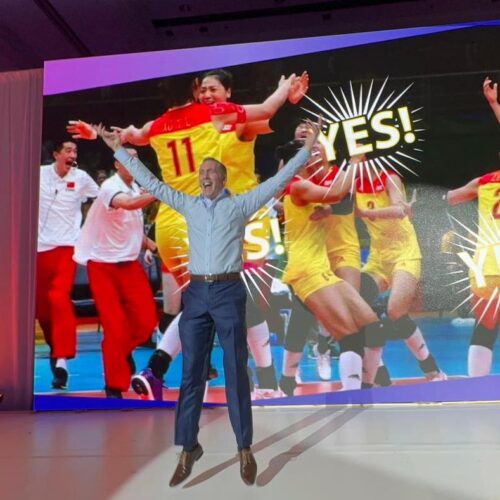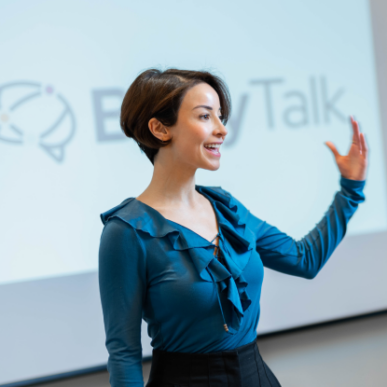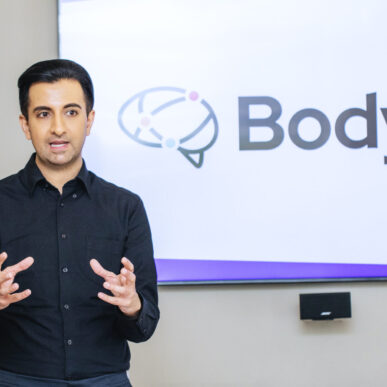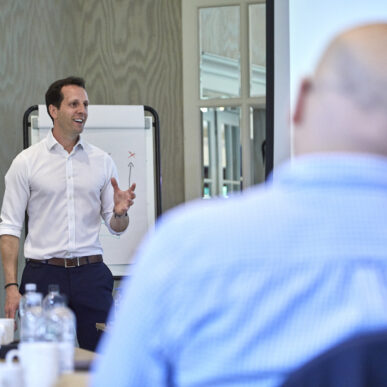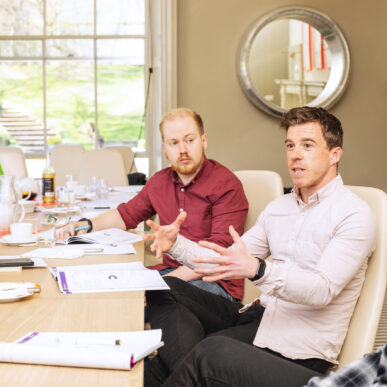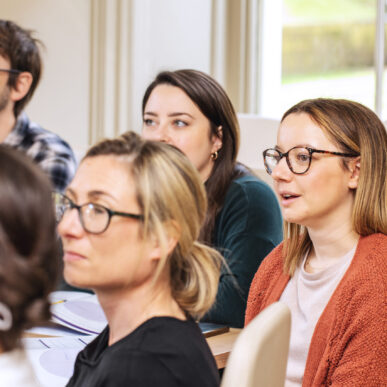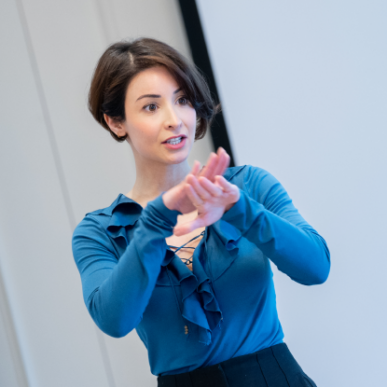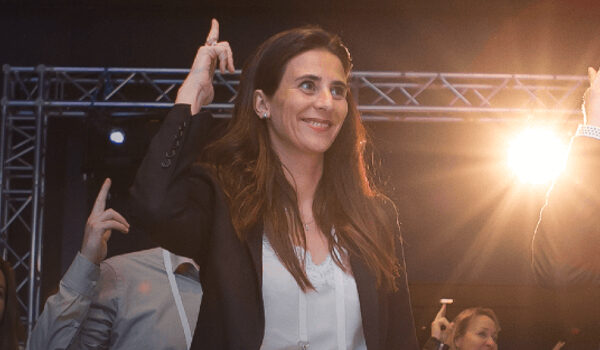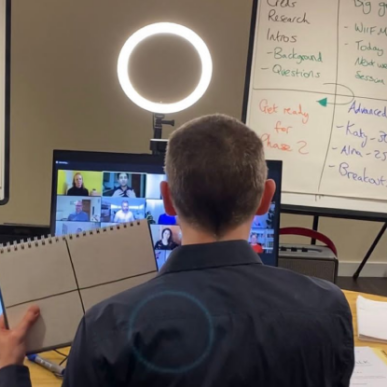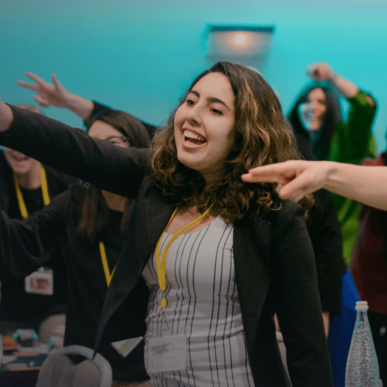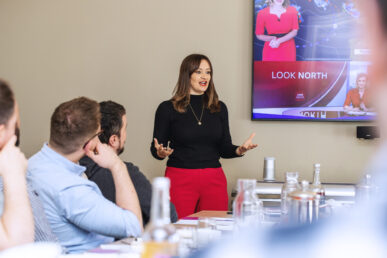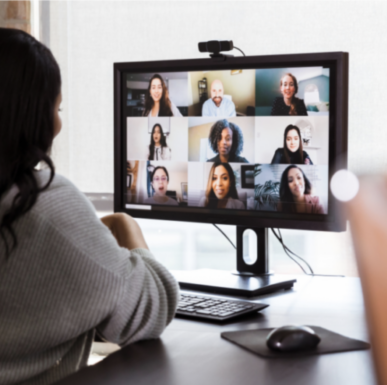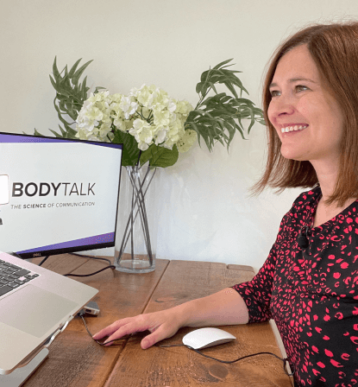Introduction to Advanced Personal Impact
When it comes to making an impact at meetings and presentations, it’s true to say that no one size fits all, because no two people or situations are exactly the same. It’s important that your team members can adapt their communication style to every audience, meeting and message to ensure they captivate people, gain trust and get remembered.
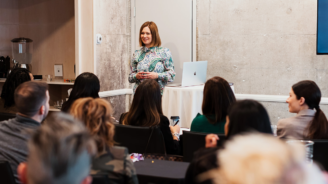
“The course you delivered was the best I have experienced in my career. Even skeptical people were quickly won around and delighted by the results. We are keen to now roll this out for the leaders in our business.”
Carol Campbell Buying DirectorTraining overview
This course covers how to read an audience and increase your influence and impact. We’ll discuss the complete range of communication choices you can make to enhance a message’s impact, connect with each audience and different types of people, and keep them engaged from start to finish.
In addition, we’ll help team members understand their current preferences and how they can adapt to get better results at in-person or online meetings.
We’ll also look at examples of well-known speakers who embody each style of communication and also direct a series of interactive activities so attendees are able to apply everything they have learned.
Module 1
Advanced Presence & Impact
Develop a full range of communication choices, so that you can adapt your style to the needs of each different presentation and audience, boosting engagement and increasing your impact and influence.
Module 2
Anchoring, Transference & Timelines
Explore the psychology of influence and the core techniques used by global advertising companies. Learn how to harness these tools in your meetings and messages to achieve maximum impact and influence.
Training methods
Body Talk’s advanced skills training is available a number of formats. Our expert team will work with you to establish the best approach for your team’s needs.
Meet your coaches
Communication specialists drawing from a wealth of techniques and experience in broadcasting, journalism, national television and theatre.
Frequently Asked Questions
Have any questions? We’re here to help
Can I customise my training to include multiple courses?
We are happy to build a training solution that fits your time, budget, and goals.
How do I prepare for a training session?
Our Client Services team will liaise with you to ensure all the timings, logistics and room/tech requirements are agreed ahead of the event. We also ask all delegates to complete a short questionnaire to help us understand individual challenges and goals. For some of our courses, we’ll ask you to bring a short presentation to work on. Otherwise, we just ask you to come with an open mind and be willing to learn.
What happens after I complete a training session?
We provide detailed workbooks for the training and encourage delegates to fill them in and refer to their notes regularly after the session. We also have a suite of blogs, podcasts and videos to support the learning.
What is included in with On-Demand training?
You’ll have access to your training instantly, anywhere in the world, at any time for a 3-month period, along with a digital PDF workbook to download. We also include an audiobook with 7 hours of additional content to deepen your learning.
What is the difference between one, two and three-day courses?
Simply, additional modules and learning plus more coaching time. We understand that time and budget are sometimes limited, so we offer one-day courses to provide a valuable foundation. Adding on additional days allows you to dive deeper into communication and presentation skills through advanced body language and managing difficult conversations to questioning, listening, and peak performance mindset. We are happy to tailor the training to meet your budget, time and goals.
What is the ratio of trainers to learners?
This depends on the type of training you’re looking at. For group training, our ratio is typically one trainer to four delegates; this allows for plenty of individual coaching and feedback. Our masterclasses are generally hosted by one presenter and up to 100 people.
